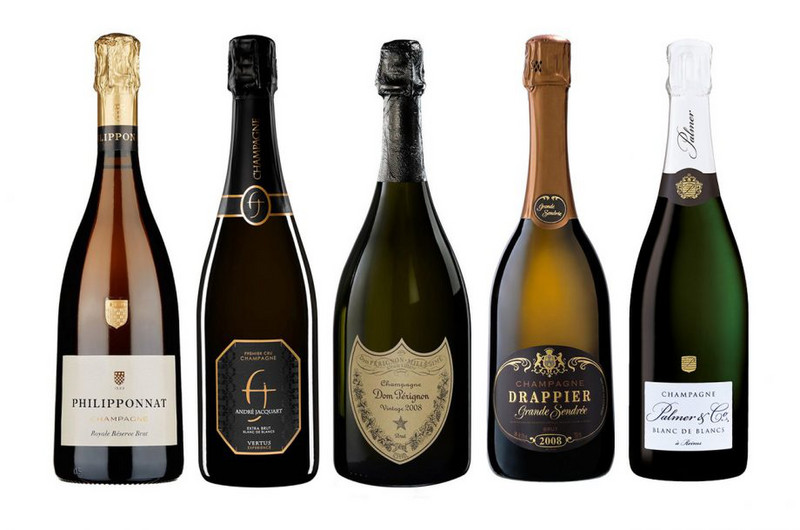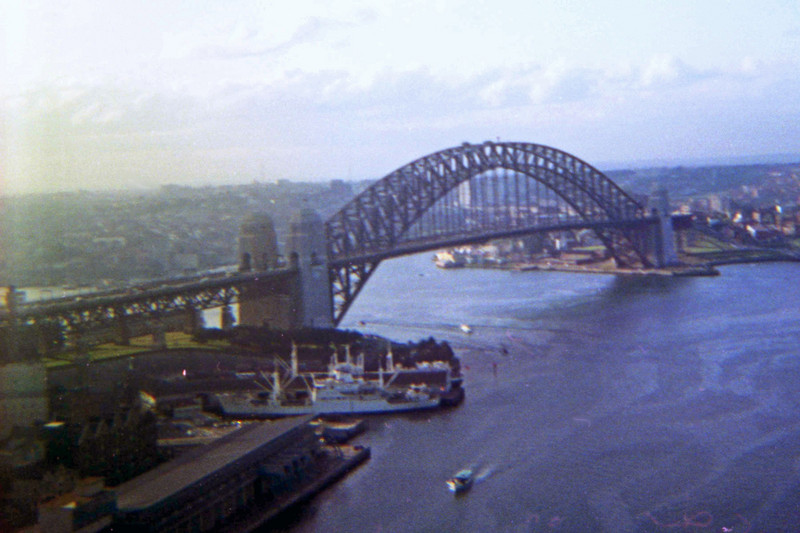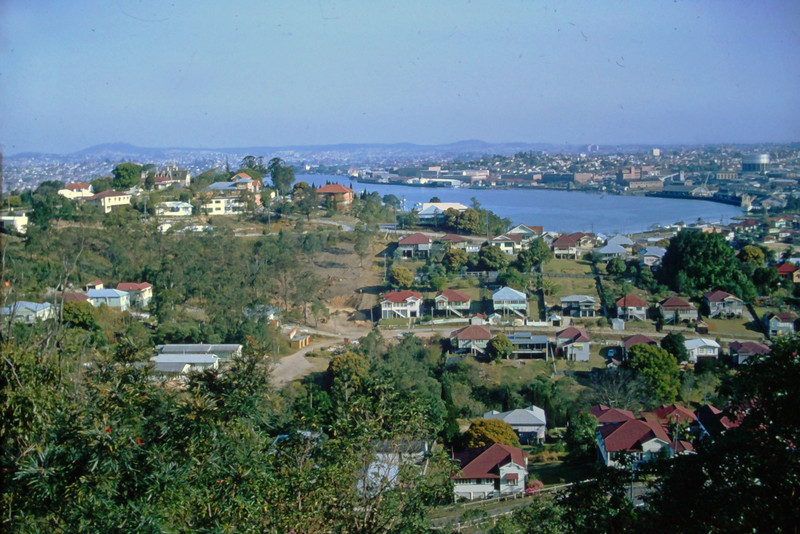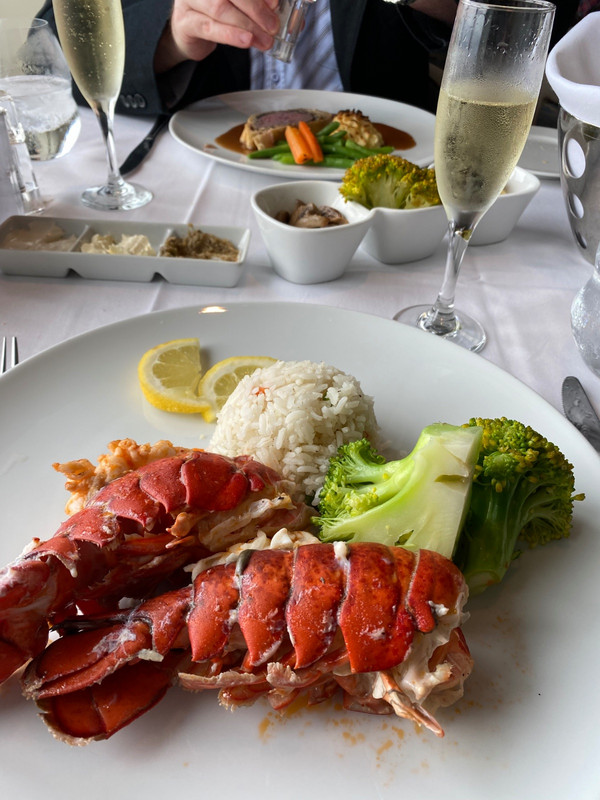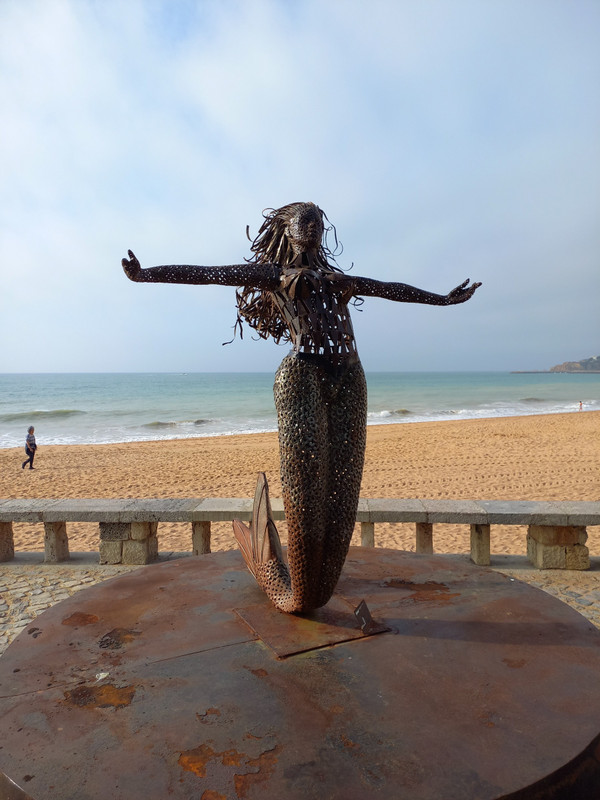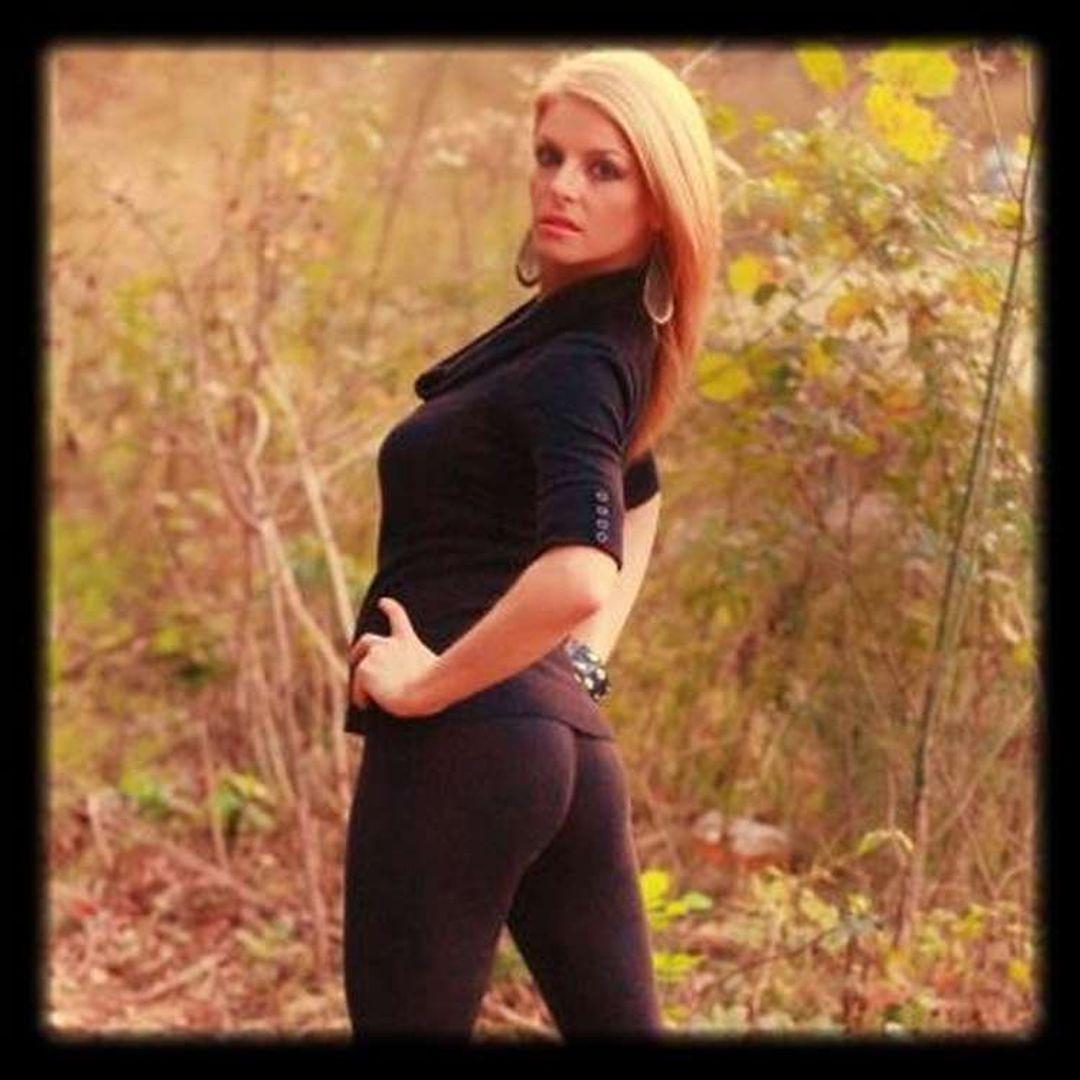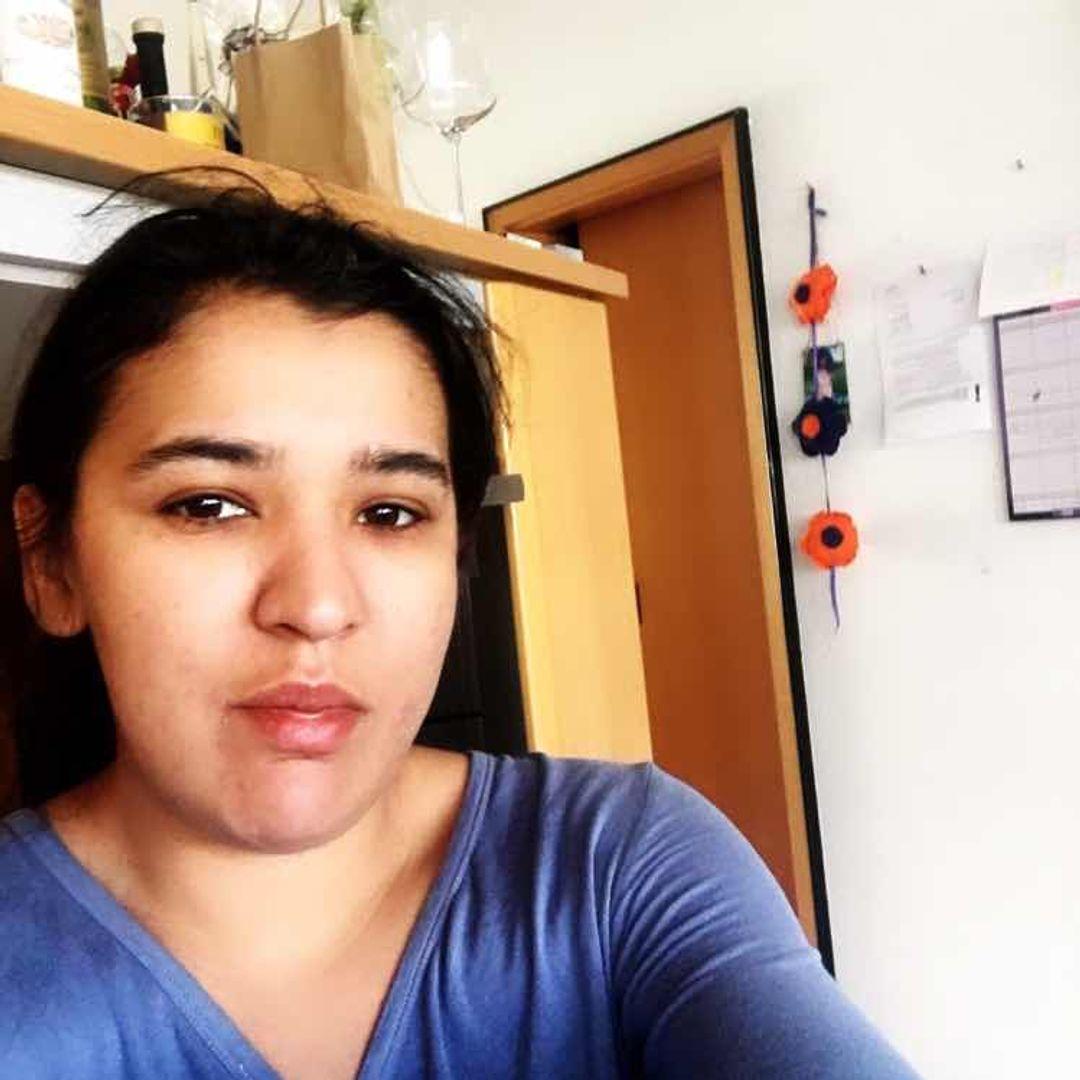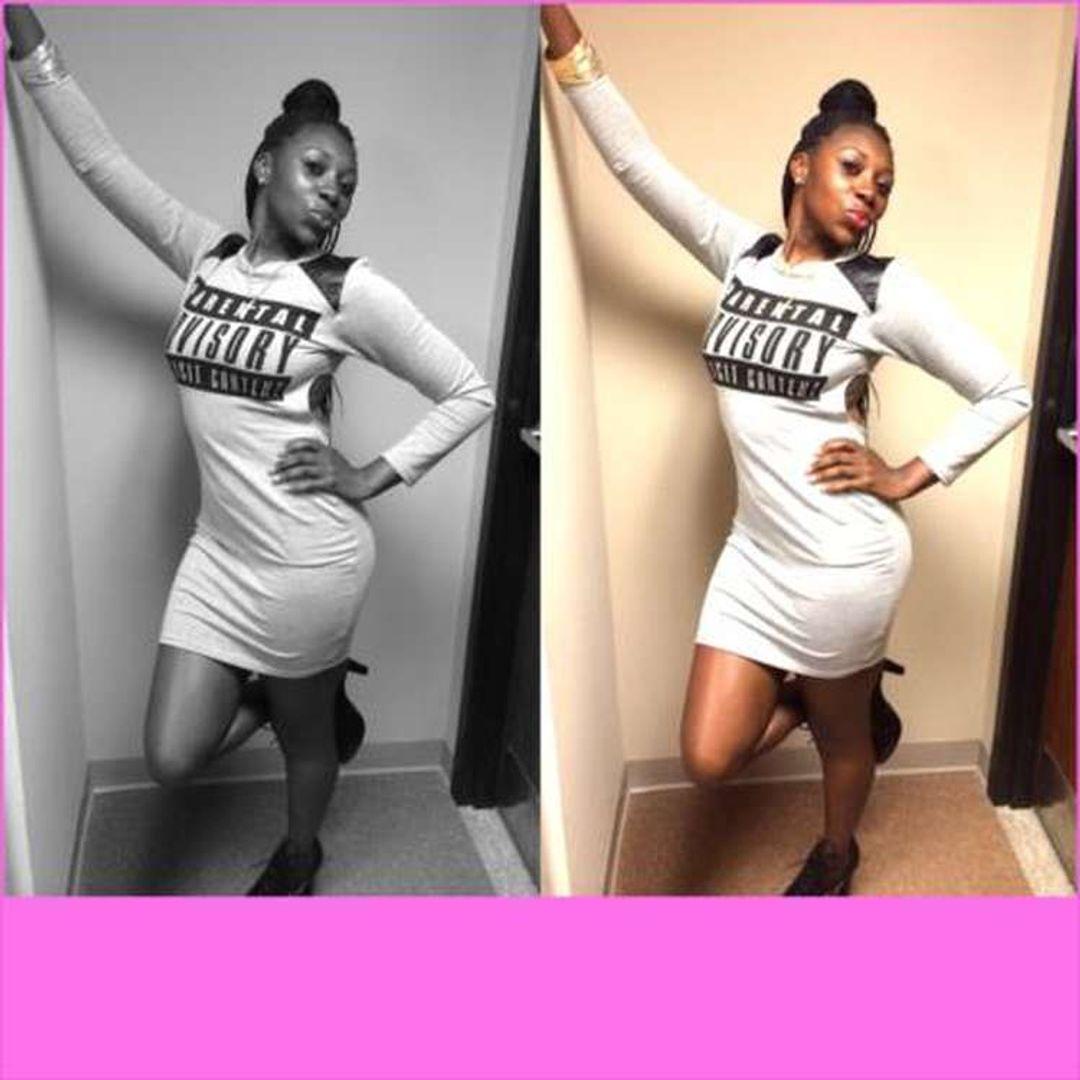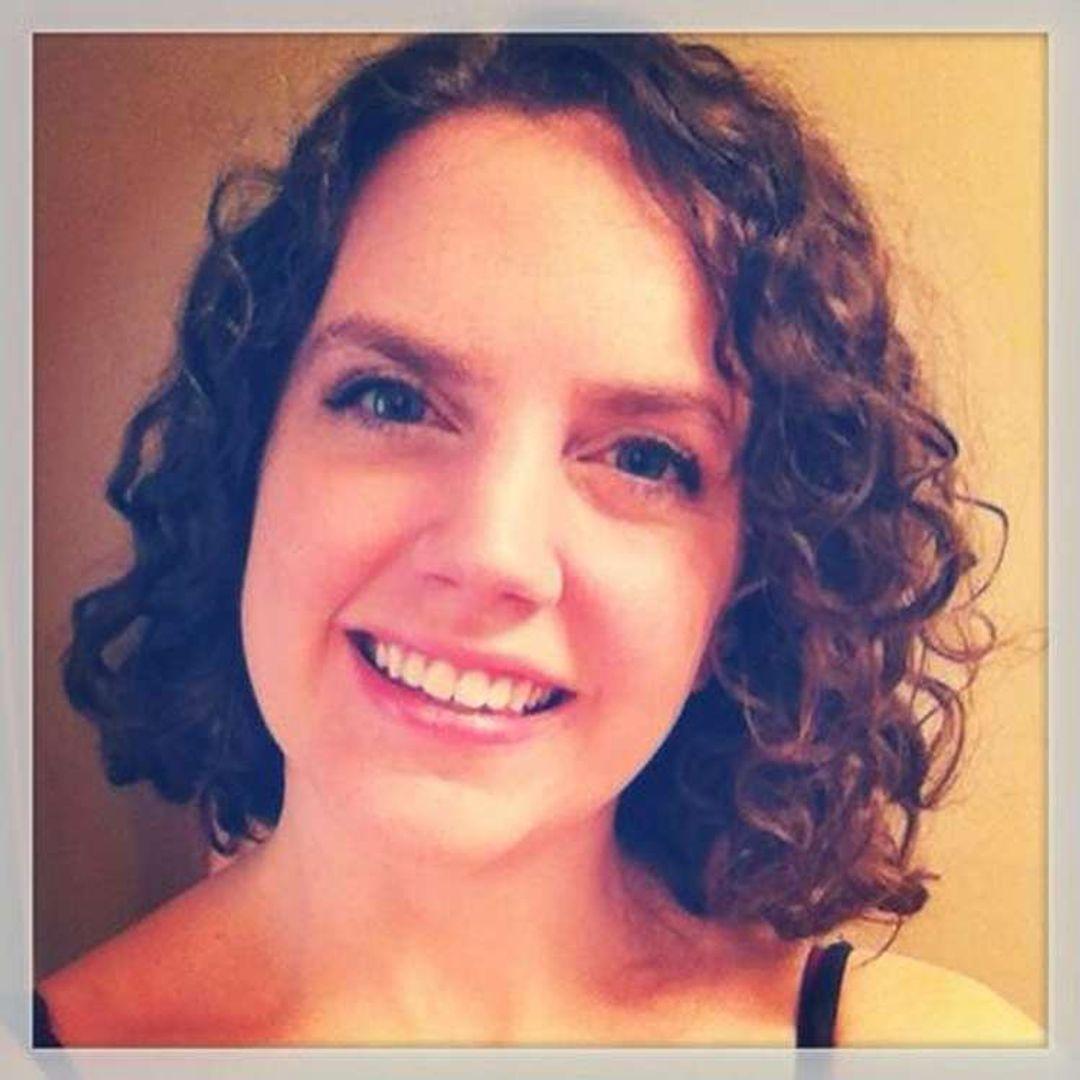According to Winespeed: Champagne (designated NV on the wines label) is a blend of wines from different years harvests and from different vineyards and villages (crus) within the Champagne region. Champagne wines represent the vast majority of Champagne wines produced. (By contrast, vintage Champagne represents a little less than 6%!o(MISSING)f exports). Champagne wines are valued for their consistency year to year. By blending multiple vintages, each Champagne maker can maintain a house style that consumers can depend on. Amazingly, in some cases, the range of vintages in a Champagne can span up to 20 years. By law, Champagne wines need to age on the yeast lees for at least 15 months, although most are aged longer. The minimum aging for a vintage cuve is three years on the lees.Dont judge a Champagne by its cover: Prestige cuve Champagne bottles dressed in finery, but it is whats inside that earns them the title. These are the finest (and most expensive) wines that a producer makes, from the best grapes in the top, crus or
vineyards of Champagne. The French refer to these singular offerings as ttes de cuve, a term that can be loosely translated as top batch. Prestige cuves are almost always and are made only in exceptional harvests, on average 3 times per decade. One reason for this is that Champagne is one of the most northern wine growing regions in the world—at roughly the same latitude as the border—with an inherently cool climate where the grapes struggle to ripen. Prestige cuves are aged longer than other vintage Champagne wines (on average 10 years versus 3 years) and continue to develop in the bottle for another decade.Why I Drink Champagne Every Night (Karen at Winespeed)Its true. I drink a glass of Champagne every single night. A bottle lasts me several days (after pouring a glass, I use a Champagne stopper to keep the bubbles in). I dont find it to be an my own one necessary
indulgence. Why do I do it? o Because I like the snappiness, raciness and energy of Champagne. o Because its full of mineral flavors. And minerals are like micro explosionson the palate. o Because it doesnt have new oak flavors. o Because it goes with virtually every food imaginable. o Because its sleek and taut on the palate—not heavy.o Because theres a purity and precision to Champagne that so few other wines possess.o Because it separates day from night. A demarcation. I like it when every evening has its own beginning. Truth be known, I have been copying her for years, though I do branch out to some Cabs, Sauvignon blanc, Single Malt Scotch, and beer.My French is terrible, since it is So, here is some help from Winespeed:
Hows Your French?Here are some tips on pronouncing some (often mispronounced) Champagne brand names.Mot et ay t in Mot is indeed pronounced. Pol Roger—Paul Churchill reportedly drank a glass of this every morning. Nicolas to say and easy to the British fondly pronounceit Mumm—MOOMNot your mum; more like the sounda cow makes.Pierre for their lacy freshblanc de blancs. Mot, the t is pronounced.Billecart t sound. Their ros is Marc Hbrart—Mark of our favorite GrowerChampagne wines for theirconsistently delicious wines. mistakenly pronounced French brand, whose name is German in origin, is not pronouncedthe German t sound were afraid.Veuve Clicquot – Vuhv pronounced voov, the word means widow in French.
Now the bubbles themselves: One million bubbles in a glass of Champagne, according to the calculations of Grard a professor on the Effervescence Team at the Universit de Reims in France. The bubbles begin as clusters of carbon dioxide molecules dissolved in the wine. They collect on tiny dust particles inside the Champagne glass until they are big enough to race to the surface. Bubbles are not just textural; they also influence flavor.
Travelmates near
